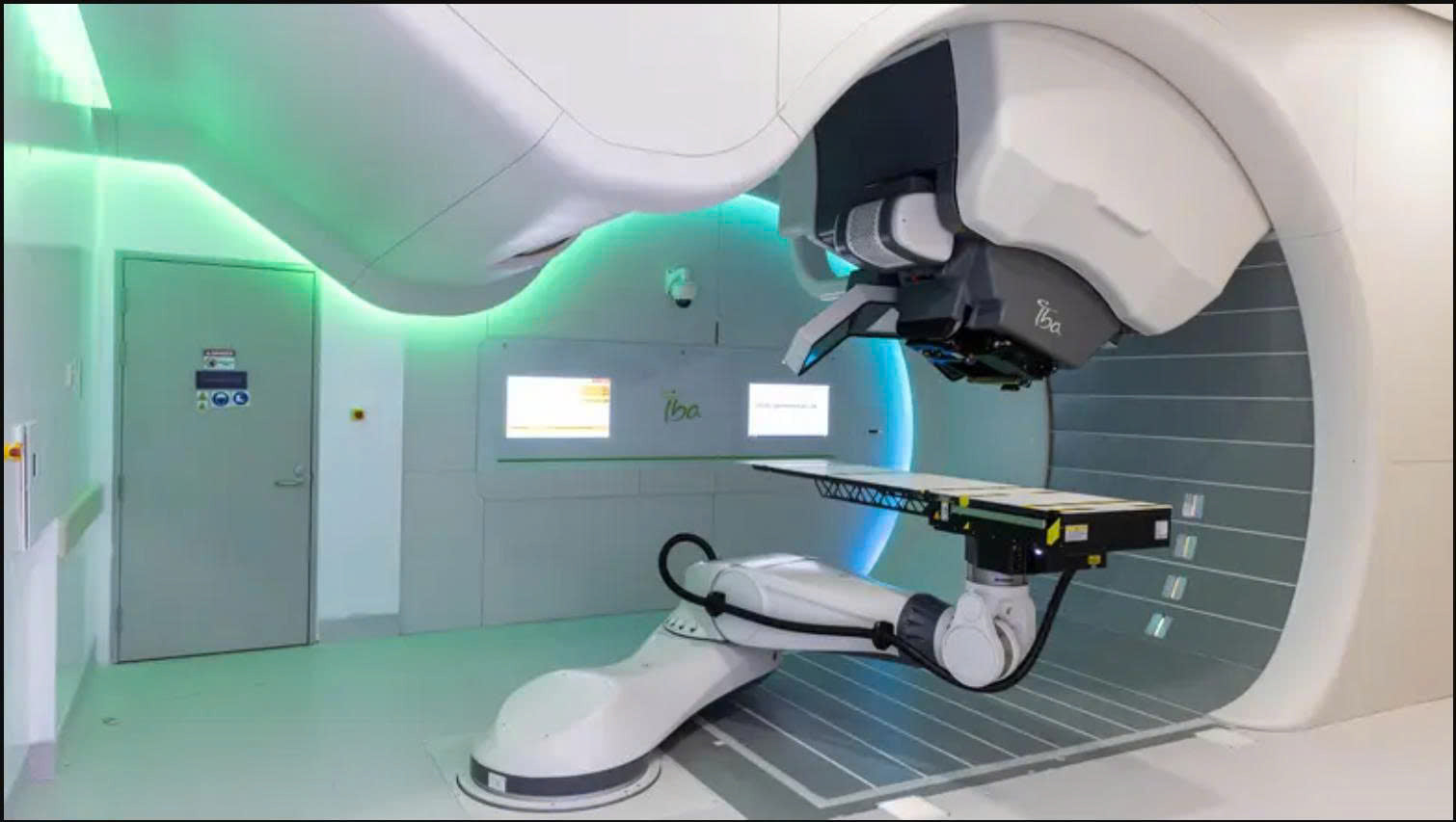Neuroblastoma

What is neuroblastoma?
Neuroblastoma can be classified into four stages depending on age and how rapidly the cancer progresses and develops.
Neuroblastomas are also classified according to their genetic alterations. Amplification of the MYC-N oncogene is associated with poor prognosis.
Neuroblastomas with MYC-N gene amplification were included in the high-risk category regardless of stage.
Stages of neuroblastoma
Neuroblastoma can be classified into four stages depending on age and how rapidly the cancer progresses and develops:
- Stage L1 . The tumor has not spread from where it started and is confined to one part of the body, such as the chest, abdomen, or neck. This stage has the lowest risk.
- Stage L2 . The tumor is still confined to one part of the body, but cancer cells have spread to nearby lymph nodes. There is also an impact on important body structures such as the tumor surrounding large blood vessels.
- Stage M . The tumor has spread to other parts of the body. This is called metastatic neuroblastoma. This stage is the most dangerous.
- Stage MS . This stage affects children under 18 months of age and is considered low risk. At this stage, the cancer has spread only to the skin, liver, and/or bone marrow.
What are the symptoms of neuroblastoma?
Symptoms of neuroblastoma can vary depending on the part of the body it affects. Some common symptoms include:
- Lump or swelling in the affected area
- Prolonged fever
- Bone pain and limping
- Back-ache
- Weight loss
- Changes in the eyes such as swelling and bruising around the eyes, dark circles, and uneven pupil size
 What causes neuroblastoma?
What causes neuroblastoma?
Genetic mutations in neuroblasts cause the cells to grow uncontrollably and develop into tumors. However, the cause of the genetic mutations that lead to neuroblastoma is unknown.
What are the complications of neuroblastoma?
- Cancer metastasizes or spreads . Tumor cells can spread to lymph nodes, bones, bone marrow, liver, and skin.
- Spinal cord compression . Tumors can compress the spinal cord, leading to pain and paralysis.
- Decreased blood cell count such as anemia and low platelet count.
- High blood pressure and severe kidney failure . This condition can make chemotherapy difficult.
- Paraneoplastic syndromes . Sometimes, tumor cells secrete hormones that can cause symptoms such as watery diarrhea, rapid heart rate, high blood pressure, flushing of the skin, sweating, fever, and eye twitching.
How is neuroblastoma diagnosed?
The following tests may be used to diagnose neuroblastoma:
- Physical examination . Your doctor will perform a physical examination to check for external signs of neuroblastoma.
- Blood and urine tests . These tests will check for abnormal levels of substances such as chemicals or hormones linked to neuroblastoma.
- Imaging tests . These may include X-rays, ultrasounds, computed tomography (CT), and MRI. One or more of these tests may be done to obtain images and look for growths that could be tumors. PET-CT and MIBG scans are more commonly used than most other imaging tests to check for neuroblastoma.
- MIBG (meta-iodobenzylguanidine) scan . This technique involves injecting a safe radioactive chemical into your child's vein. The substance used is very specific for neuroblastoma cells and can reach areas of the body where neuroblastoma is present.
- Biopsy . A tissue sample is taken from your child's tumor and sent for laboratory analysis to confirm the diagnosis of neuroblastoma.
- Bone marrow biopsy . A bone marrow biopsy may be needed if your doctor suspects that the cancer has spread to the bone marrow (the soft, spongy tissue that lies between most bones). This involves inserting a needle into your lower back or hip bone and withdrawing bone marrow for analysis in a laboratory. Bone marrow aspiration and biopsy are almost always necessary. In most people, a diagnosis of neuroblastoma can be made by pathology, without the need for a tumor biopsy.
How is neuroblastoma treated?
Infants or children diagnosed with neuroblastoma will undergo a series of assessments before being placed in a risk group.
Depending on the patient's risk group, different combinations of surgery, chemotherapy, peripheral hematopoietic stem cell transplantation, radiotherapy, and MIBG (meta-iodobenzylguanidine) therapy and immunotherapy may be recommended.
Low-risk neuroblastoma
- Surgery
- Valence
High-risk neuroblastoma
- Surgery
- Valence
- Stem cell transplantation
- Radiotherapy
- MIBG therapy
- Immunotherapy
Chemotherapy is usually the first treatment. Effective chemotherapy will improve the results of subsequent surgery.
Surgery for neuroblastoma is often difficult because important blood vessels are often surrounded or trapped within the tumor. Complete surgical resection can damage these vessels, leading to organ damage. However, with experience in surgical techniques and a thorough understanding of neuroblastoma biology, complete removal of the tumor is possible.
-------------------------------------------------------------------------------------------
👉 Contact SunCare for medical support and advice as well as professional private jet transportation services 🇸🇬 SUNCARE PTE. LTD SINGAPORE
🏠 Add: 10 Anson Road, #10-11 International Plaza, Singapore 079903
☎️ Hotline: +65 96727717 (Dr. Lien Minh - Director) Zalo, Viber
📨 Email: suncarehealth@gmail.com





